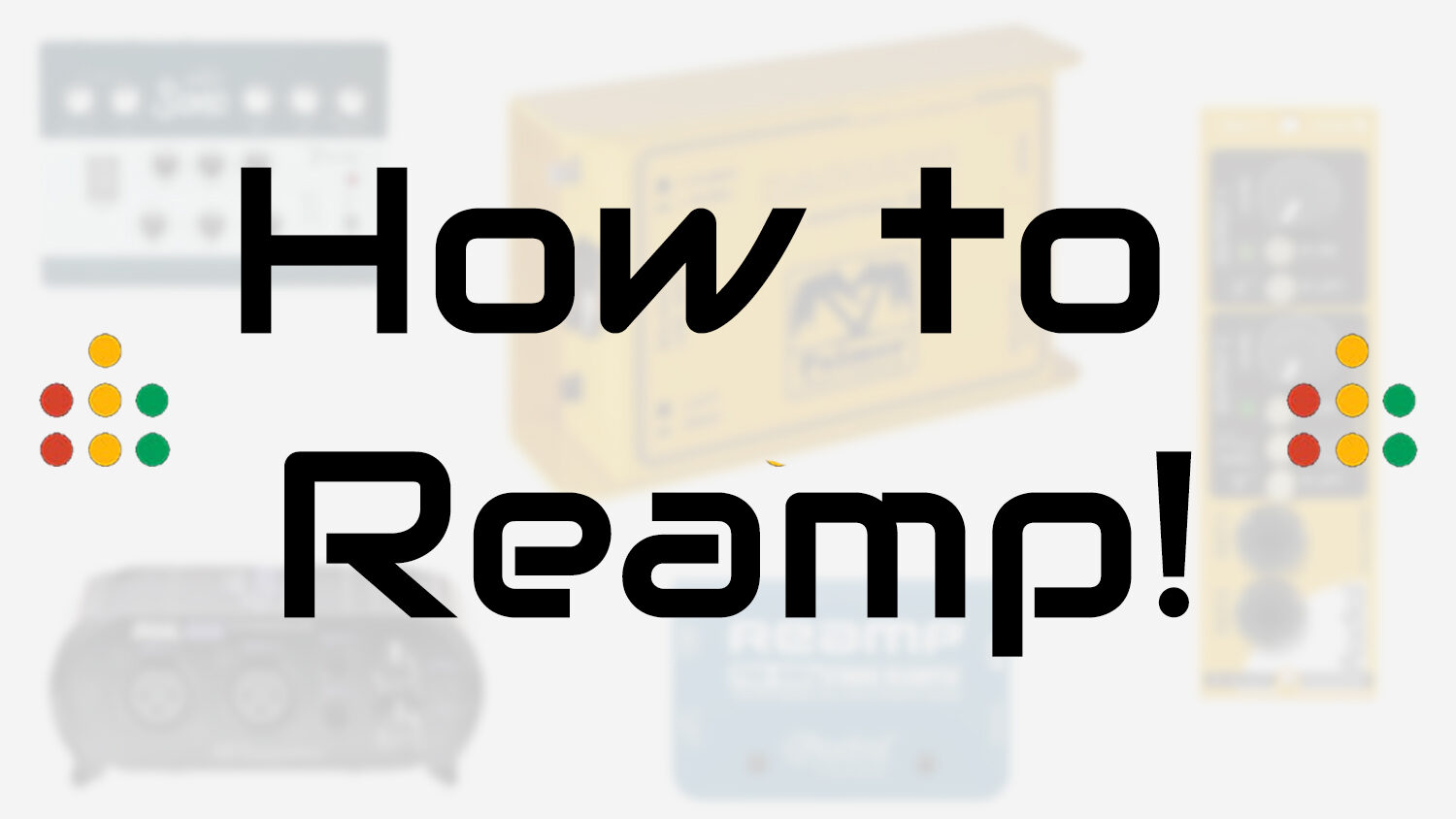

Most DAW interfaces are not designed to accept high impedance signals like a dry guitar - the DI box serves to buffer and tranform the signal into one that the DAW can easily accept, with minimal noise and clipping. The DI box is used to split your unprocessed (dry) input signal so you can send it to your DAW as well as your amp. Some products feature both DI ( direct input) and re-amp capabilities. There are two common pieces of hardware associated with re-amping: a DI box and a re-amp box. Once you've Frankenstein'ed the DI takes into a perfect-sounding track, you can reamp it to get what sounds like an amazing performance that hasn't been pieced together. Splicing together different sections of each take is easier to make sound seamless from the DI's rather than a compressed and noisy distorted amp sound. You are trying to record a very difficult piece/part that is beyond your ability, or that has very, very sensitive subtleties that takes several takes to achieve.You can then re-amp his playing for as long as you need to find the ideal tone, without requiring him to be physically present. Or he records his part elsewhere using his own gear without worrying about mic'ing his amp and sends you the DI track. You can get him in the studio, quickly set up a rig for him, and get him recording with a rudimentary tone. You have an artist whose part you want to record, but he is on a very tight schedule.

You record one take with a dry signal and re-amp it for each demo clip, eliminating any possible performance variation. You want the playing to be 100% identical to minimize any perceived differences being attributed to inconsistent performances. You want to make a tone demo comparing several amps and/or effects.You can record the part without touching the pedals at all, then re-amp it and focus on the footswitches while re-amping. You are having trouble playing a passage that involves quickly footswitching pedals and/or manipulating a volume/wah pedal.Then you can re-record all the tracks with that setting using re-amping. Rather than concentrating on playing, you can re-amp one of the tracks without actually recording, adjusting the amp's gain during re-amping to dial in the perfect setting. After listening to the playback in the mix, you realize the guitar tone was too distorted and the quad tracking sounds too "mushy" (or you think a different amp will provide a better tone, or you want to add a compressor/noise gate, etc.). You lay down 4 tracks of guitars for an intricate riff.After setting everything back up, instead of trying another 20 takes to get it perfectly again, you can just reamp the good take. But halfway through the solo, a studio assistant trips on a cable, moving the microphone position on the guitar cabinet and killing the tone (or other random crap like amps blowing fuses, someone making noise while recording, power surges, etc.). After 20 takes, you finally lay down a difficult solo perfectly.


 0 kommentar(er)
0 kommentar(er)
